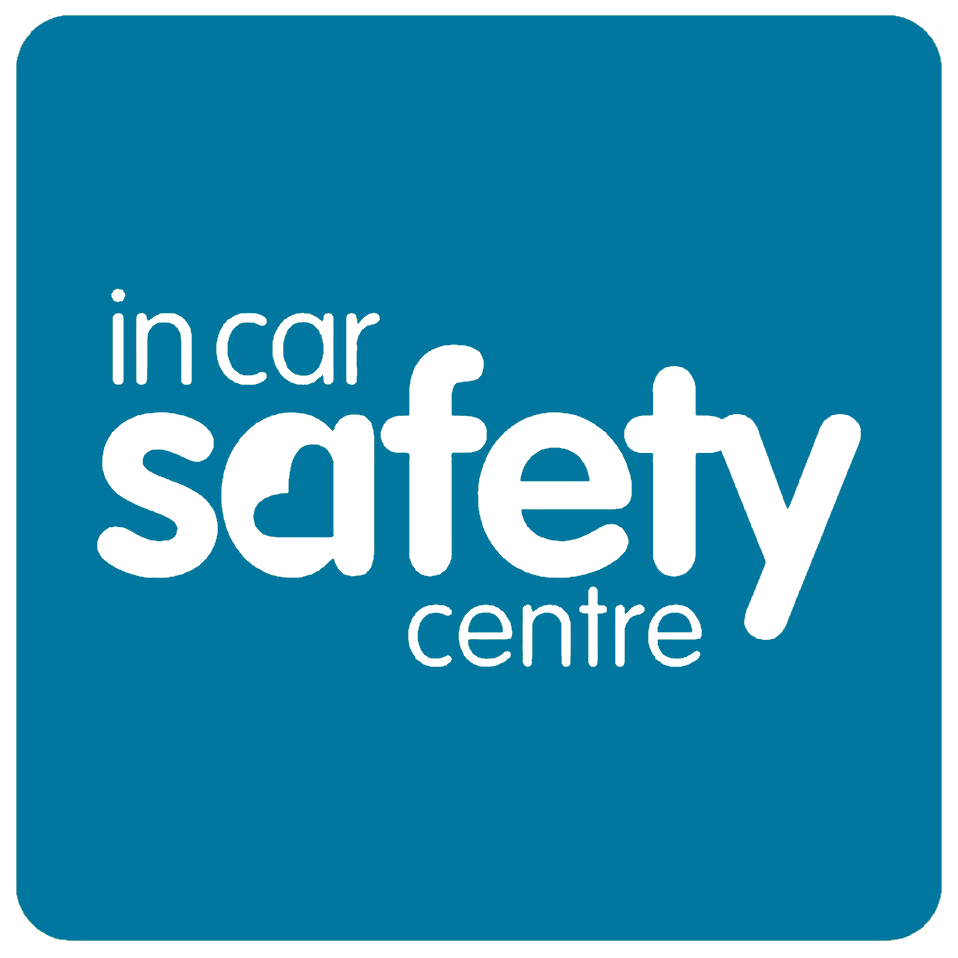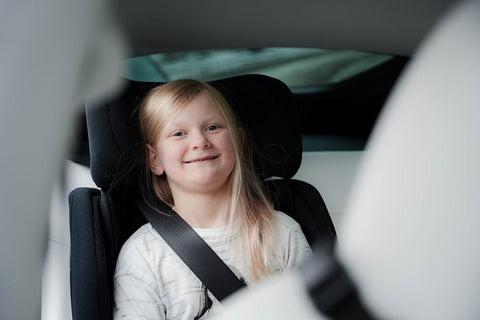When parents think about car seat safety, they often imagine frontal collisions — but did you know that side-impact crashes account for around 1 in 4 serious accidents? These types of collisions, also called “T-bone” or “broadside” crashes, usually happen at junctions, side streets, and roundabouts — exactly the kinds of roads families use every day.
That’s why side-impact protection is such a critical part of child car safety. And it’s also where the difference between a simple booster cushion and a high-back booster seat becomes most obvious.
What Happens in a Side Collision?
In a side-impact crash, the forces are very different from those in a head-on collision:
-
The impact comes directly into the passenger side of the car.
-
There’s less space between the child and the point of impact compared to the front of the car.
-
The child’s head and torso are particularly vulnerable as they are thrown sideways.
Without proper protection, a child’s head may strike the door or window, and the seatbelt may cut into the neck or stomach in dangerous ways.
Cushion vs. High-Back Booster: The Outcomes
Booster Cushion
-
A cushion raises the child so the lap belt fits better, but it offers no protection around the head, neck, or torso.
-
In a side impact, the child’s upper body is exposed and can be thrown into the car door or window.
-
If the child is asleep or slouching, their position may shift even further out of the belt’s protection zone.
High-Back Booster
-
Side wings and a protective headrest shield the child’s head and upper body from contact with the car door.
-
Energy-absorbing materials in the side panels reduce the forces of the crash on the child’s body.
-
The seat keeps the child upright and contained, preventing dangerous slumping that can compromise belt positioning.
Key takeaway: In a side collision, the difference between a cushion and a high-back booster could mean the difference between a child’s head hitting the door and their head being safely cradled within protective side wings.
Why Side-Impact Protection is the Biggest Difference
While cushions are legal for older children, they simply can’t provide the structural safety that a high-back booster does. This is why safety experts consistently recommend high-back boosters as the gold standard for children up to 150 cm tall.
As we explain in our Ultimate Guide to High-Back Booster Seats vs. Cushions, this is the single most critical safety difference parents need to understand. Side-impact protection isn’t optional — it’s essential.
Final Word: Reassurance for you...
Parents want peace of mind that you have made the safest choice. When it comes to side collisions, that extra protection really does matter more than most parents think.
-
Cushion = height only.
-
High-back booster = height + side protection + support.
Learn more in our complete guide: High-Back Booster Seats vs. Cushions: What Every Parent Needs to Know.







Comments (0)
There are no comments for this article. Be the first one to leave a message!